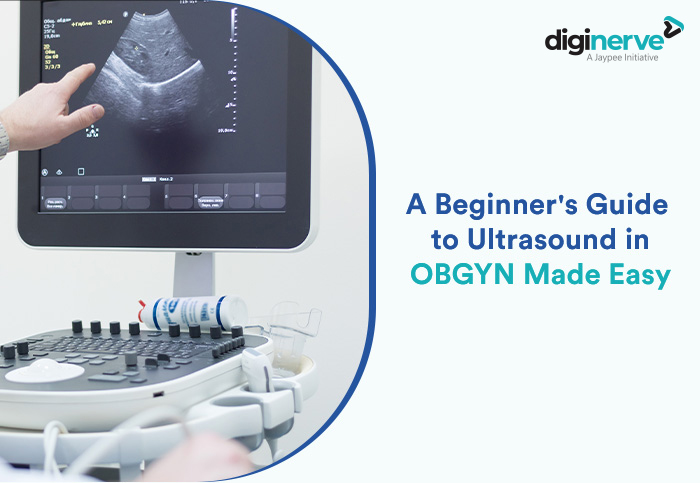A medical specialty known as OBGYN treats pregnant women and new mothers as well as illnesses and functions of the female reproductive system. The OBGYN study includes the investigation of health-related concerns using ultrasound. When a learner has a thorough understanding of OBGYN principles, ultrasound in OBGYN becomes simple.
Real-time sonographic
imaging is the most common and most useful imaging technique employed in
obstetrics and gynecology patients. However, it is a user-dependent imaging
modality and multiple factors affect the images obtained, thereby directly
affecting patient diagnosis and management. Operator experience and ability are
probably the most important factors in making diagnoses that directly affect
patient care. Other factors, such as the patient's body habitus, history of
prior abdominal surgery, and, in obstetrics, fetal position, can all affect
image quality and diagnostic performance.
Few tips to keep in mind while finding the right course:
First, look for an
OBGYN ultrasound course that demonstrates how to utilise ultrasound equipment
properly. In this situation, theoretical understanding alone isn't always
helpful. Videos and HD visuals help students understand the proper pre-sets to
use, how to set the frequency and depth, how to control the gain, and how to
change the focus more effectively.
Second, well-known educational websites provide Ultrasound in OBGYN courses that are exclusively designed for medical students who want to pursue a speciality in radiology, sonology, OBGYN, or similar subjects. A medical student is recommended to review the course overview, the subjects that will be covered, the faculty members who created the course's table of contents, and the lecturers who will be delivering the lectures, MCQs, and notes before enrolling in any such course.
A student must study
high-definition photos, drawings, clinical case discussions, and films to grasp
ultrasound in OB/GYN. The management of labour, abnormalities in labour,
medical conditions that affect pregnant women, abnormalities in the foetus,
foetal scanning, ovulation, monitoring of uterine lesions, doppler conditions,
etc. are other ideas that students need to understand clearly.
An OBGYN must have
knowledge of Scanner, Probes, Softwares, Optimizing the 2D Ultrasound Image, Practical ways to achieve
desired information from Doppler, Normal and
Abnormal Embryo, 11-13+6 Weeks Scan, Second Trimester Targeted Scan, Basics of
Fetal Echocardiography, Doppler in PIH and FGR, Systematic Transvaginal Scan,
Common Uterine and Adnexal Pathologies, & Role of Ultrasound in Infertility
Practice.
FAQs
1. Is there any course that prepares for OB Ultrasound?
Ans. Yes, you can
choose DigiNerve’s ‘Ultrasound in OBGYN made easy’ course designed by Dr. Sonal
Panchal and Dr. Chaitanya Nagori.
2. Why is it important to learn about Ultrasound equipment?
Ans. Monitoring and
cutting-edge ultrasound equipment are required for many medical operations. By
using high-quality ultrasound photos and video clips, the proper equipment
setting enables improved monitoring of the foetal state, various female
reproductive system conditions, and other essential organs.
3. What does OB Ultrasound focus on?
Ans. Figuring out the gestational age of the
foetus (how far along the patient is in their pregnancy), looking up the
foetus' position in the womb, and finding out why the patient is bleeding. It
concentrates on analysing the anatomy and development of the foetus.

Comments
Post a Comment